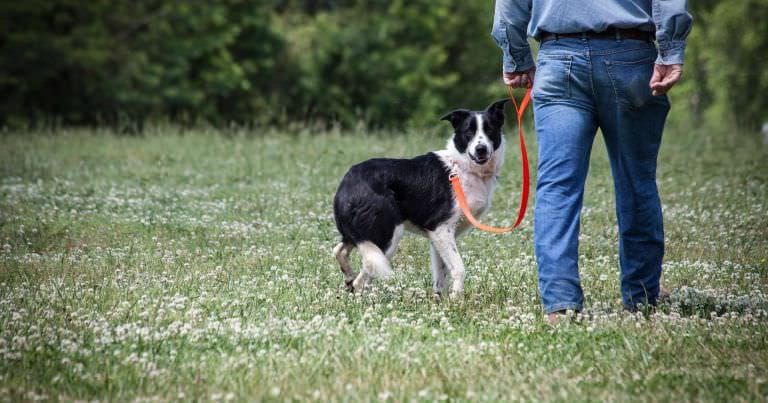- The three D’s of the difficulty level in dog training.
- The first of the Three D’s: How Duration affects the difficulty level of dog training.
- The second of the Three D’s: Using Distance to increase or lower the difficulty level.
- The third of the Three D’s: Distractions and how they affect the difficulty level.
- Conclusion of the Difficulty level for training our dog.
The three D’s of the difficulty level in dog training.
Duration, Distance and Distractions.
When training our dogs, we need to be aware of the difficulty level and set them up to succeed, but how do we do this?
Understanding the dog’s environment and choosing a setting that suits our current level of training. As a result, when our dog keeps not succeeding in achieving our goal. Then, our training plan is at fault, not our dog.
The first of the Three D’s: How Duration affects the difficulty level of dog training.
D for Duration.
The amount of time the behaviour is performed before completion. Behaviours such as a stay or wait on cue use duration. A dog that is expected to stay in one position for ten minutes is on a higher difficulty level than one that needs to perform the stay for ten seconds. Duration also affects our dogs’ training level in things such as loose lead walking. Is our dog expected to walk for five minutes without pulling or fifty?
The second of the Three D’s: Using Distance to increase or lower the difficulty level.
D for Distance.
Distance can be used to change the difficulty level of dog training in several ways. The first is how far the dog has to perform the behaviour. Loose lead walking, for example, a dog that is required to walk a hundred meters without pulling the lead, is further in training than a dog that succeeds after ten meters.
Another way distance affects the difficulty level in dog training is how far away from us the dog is — for example, cueing a dog to perform a sit 20 meters away instead of right in front of us.
Likewise, a recall would be another good example. Calling your dog back over two hundred meters is more tricky for them than recalling them from 5 meters away.
Distance is also involved when training a “stay” or “wait” cue. For example, when the training goal is to “park” your dog and move away from them, the further we walk away from them, the higher the level of difficulty of training is for our dog.
The third of the Three D’s: Distractions and how they affect the difficulty level.
D is for Distractions.
Distractions come in all forms: smells, other dogs, squirrels, number of people, being indoors or outside. Being at the local park when no one is there and when it is full are two very different distraction levels.
Asking our dog to perform the recall at home in the front room is far more straightforward to achieve for our dog when compared to being down at the park at a busy time of day. Every additional element in the environment we are training affects the difficulty level of dog training on that day.
Read More: Distracted Dogs and Attention
Conclusion of the Difficulty level for training our dog.
The three D’s allow us to adjust the likely success rate for our dogs.
When increasing the difficulty level of training for our dogs, improving one D at a time is best. From experience, enhancing the dog’s ability to perform the duration of behaviour comes first.
Followed by distance, as when adding distance also requires duration. Finally, distractions are increased slowly added. Training with our dogs has many factors.



